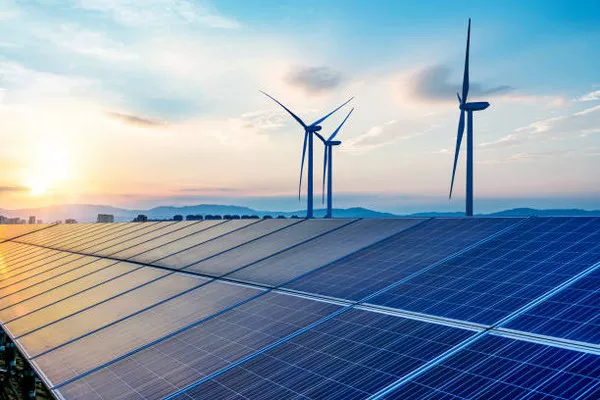Concentrating solar-thermal power (CSP) technologies offer a promising alternative to conventional solar photovoltaic (PV) systems by providing increased efficiency and built-in energy storage capabilities. However, the widespread deployment of CSP faces significant barriers, primarily driven by cost considerations, particularly in the United States.
To address this challenge, the Department of Energy’s (DOE) Solar Energy Technologies Office has announced a $30 million funding initiative to support up to 16 research, development, and demonstration projects aimed at reducing the cost of large-scale CSP deployment. These projects will focus on advancements in key areas such as concentrating solar collectors, supercritical carbon dioxide (sCO2) turbomachinery, and solar-thermal receivers and reactors.
The primary obstacles hindering the scalability of CSP relate to cost competitiveness compared to utility-scale PV systems. Key cost drivers in CSP plants include the power block (housing the turbine generator), energy storage systems, field of mirrors, focal point receiver, site preparation, and operations and maintenance. The most significant opportunity for performance improvement lies in enhancing the efficiency of thermal-to-electric conversion processes.
Through this funding initiative, the DOE aims to support projects that leverage new materials and technologies to reduce the levelized cost of electricity (LCOE) for next-generation CSP plants by 50%. This reduction would translate to a decrease from today’s baseline of $0.09 per kWh (with 37% net power-cycle efficiency) to $0.05 per kWh by 2030 (with 40–55% efficiency), assuming a 100 MW system with 14 hours of thermal storage.
CSP plants operate by using mirrors to track the sun’s movement and concentrate solar rays onto receivers, where a heat-transfer process elevates temperatures to spin a turbine generator and produce electricity. These plants incorporate thermal energy storage (TES), providing dispatchability to ramp power on demand. The two common configurations of CSP plants include solar towers with heliostats centered around a receiver and parabolic trough systems with curved collectors directing sunlight towards linear tube receivers.
Currently, there are approximately 100 commercial CSP plants operating worldwide, totaling 6.6 GW of capacity, with an additional 1.5 GW under construction. In the U.S., CSP capacity accounts for about 1.5 GW. Continued technology optimization could unlock a potential capacity of 25 to 160 GW by 2050.
To address the challenges associated with CSP technology, ongoing research efforts focus on improving solar-thermal collectors, developing novel receivers and reactors, and advancing supercritical CO2 turbomachinery. These innovations aim to enhance efficiency, reduce costs, and enable the deployment of CSP plants at a scale competitive with other energy technologies.
By leveraging advancements in materials science, thermal engineering, and power generation technologies, the DOE’s funding initiative seeks to accelerate the adoption of CSP, contributing to a more diverse and sustainable energy portfolio for the future.

